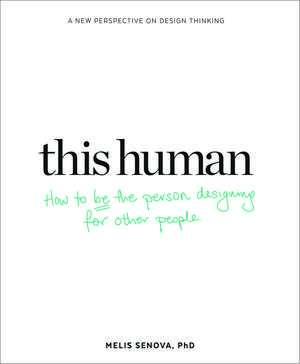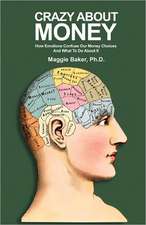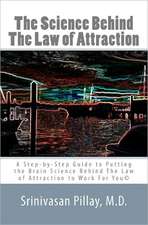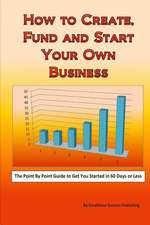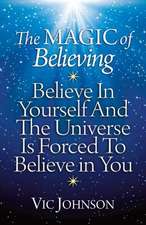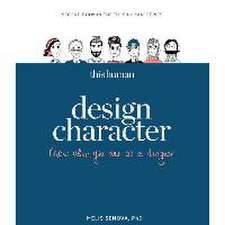This Human: How to Be the Person Designing for Other People
Autor Melis Senovaen Limba Engleză Paperback – 3 apr 2017
There are many great design books in existence that teach us about design process, tools and methods. With the increasing popularity of design thinking and human-centred design we’ve also seen more material discussing various aspects of the practice. One missing aspect, almost in an ironic twist, is what it takes to be the actual person who is doing the designing.
The name This Human is referring to that person. The person who needs to observe to gain insight, to makes sense of their observations in a way that isn’t biased by their own world views. The person who needs to communicate in many different ways with many different intentions to communicate information which is often hard to access, difficult to grasp and just not that tangible. The person who is so passionate about having a positive impact they become exhausted one third of the way into their project. This book helps these people to learn more about themselves and how to think and be in their practice of design—to help them grasp all that is going on inside that then influences their creations.
Preț: 166.23 lei
Preț vechi: 218.09 lei
-24% Nou
31.81€ • 33.21$ • 26.33£
Carte disponibilă
Livrare economică 15-29 martie
Specificații
ISBN-10: 9063694601
Pagini: 224
Dimensiuni: 194 x 230 x 20 mm
Greutate: 0.68 kg
Editura: Bis Publishers
Colecția BIS Publishers
Recenzii
“Dr Senova knows what she’s talking about. Here’s a book you can treasure, savour, and revisit at every stage of your creative life.”
—Marty Neumeier, Director of Transformation at Liquid Agency. Recognised thought leader in brand strategy, innovation and design and best-selling author of The Brand Gap, ZAG!, and The Designful Company.
Notă biografică
Dr Melis Senova is a recognised industry leader in human-centred leadership and design, a published neuroscientist, entrepreneur, author of two books-this human and design character. She founded award winning strategic design firm Huddle; its associate school, Huddle Academy; and This Human, a community of practice focused on advancing and deepening the practice of design to help address our shared planetary challenges.
As an advisor to many influential people, Melis has worked with business leaders to heads-of-state. Her work and influence are broad ranging and deep, from participating in the establishment of Australia's Space Agency to supporting female entrepreneurs in the South Pacific, West Africa, and Aruba. Melis has a PhD in Human Factors (HCD) and has been designing, teaching, and mentoring for over 20 years.
Her current research is focused on establishing the new practice of Therapeutic Design. She teaches within the post- graduate design courses at RMIT and Swinburne University. Melis has lived and worked internationally since 1996, from Akita to Amsterdam, New York to Chennai, she currently resides in Melbourne, Australia.
Extras
Insight and ideas aren’t all that different. Ideas usually pop into our minds when we gain some new insight into something. And often, as we are hunting for precious insights in our research, they start as an idea: ‘Perhaps this is it?’ Understanding and creation both start with the first hint of an idea or an insight. This happens so early in the creative process that you can’t even communicate it to anyone else yet. It hasn’t taken shape in your mind’s eye – it’s more of a feeling than a thought. You find yourself waving your hands around madly, but what comes out of your mouth
is, ‘Oh! Oh! Ahh … um.’ You have no words yet. Almost everything around you that has been created by humans started with the conscious realisation of an idea. Some are tangible, like houses, tables, chairs, cars and factories. Others are intangible, like services, laws, customs, economies and borders.
Everything around us was designed – some meaningfully and some not.
When you are this early in the creation process, you need to protect your idea or insight. Give yourself time and space to explore it. Don’t lock it down too quickly. You need to observe the idea as it takes shape, without allowing your own belief systems, biases and judgements get in the way of its evolution. We need to be mindful about how we are being throughout all the stages of humancentred design. The way we ‘be’ affects everything we ‘do’. Be, think, do: Our being directs our thinking and affects our doing. If our doing is meaningful, it supports our being.
In this chapter, we look at what affects your thinking and being when you are working with insights and ideas. This will help you develop a practice that is focused on understanding how you operate as a human-centred designer. You will get to know how your sense of self informs your work, and be mindful that what you are designing is meaningful and deliberately considered. You will learn how to ensure that you are working with the ‘truth’ rather than just your perceptions.
Belief and being Beliefs are important
Beliefs are like operating systems. They are the framework for how we experience life. Our beliefs are given to us by our parents, our culture and our society and they become so deeply embedded that we don’t even realise we have them. Some of these beliefs are about ourselves – our capabilities and limitations. Some are about the world – what is right or wrong, possible or impossible. What we are told, what we observe, learn and experience all get laid down as sense making pathways in our brains. Some of these neural pathways get reinforced as we hear and experience the same reinforcing things, and some fade away.
Beliefs protect us and allow us to function in society. They inform how we process information and draw meaning from the things we experience. But some beliefs can be toxic and damaging. These are usually the ones we’ve created about ourselves, perhaps because of something we experienced when we were very young. And because beliefs help us derive meaning from our experiences, they become self-reinforcing. This is a crucial point for the practice of human-centred design. If we are not aware of our beliefs and how they affect our work, we may seek evidence that builds upon what we already believe, rather than seeing the truth of someone else’s reality. We have to be acutely aware of what beliefs are operating and then do our best to hold them at bay.
